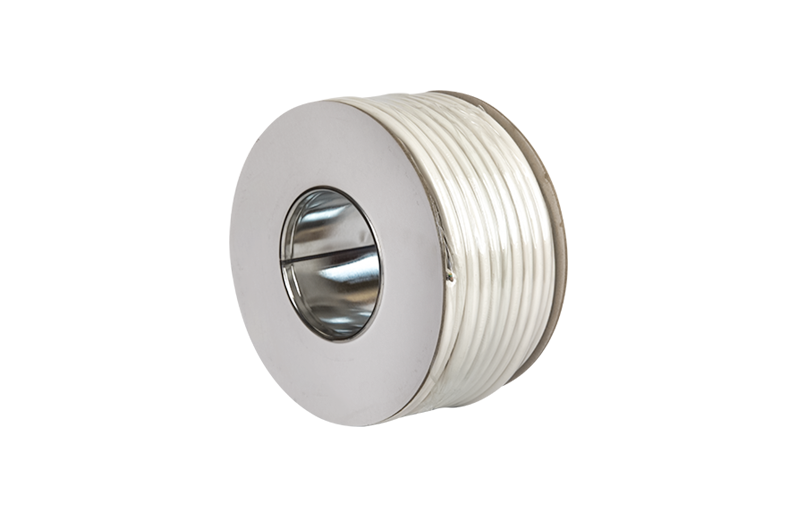Summary:But have you ever stopped to think about what’s inside these cables? The materials used in their construction play a pivotal role in determining per
But have you ever stopped to think about what’s inside these cables? The materials used in their construction play a pivotal role in determining performance, longevity, and safety. From the conductors that carry the current to the insulation that protects against hazards, every component is carefully chosen based on its unique properties. Let’s dive into the fascinating science behind these materials and how they shape the functionality of low-voltage cable systems.
At the heart of any power cable lies the conductor, the lifeline that ensures electricity flows efficiently from point A to point B. Copper has long been the gold standard for conductors due to its exceptional conductivity and resistance to corrosion. However, aluminum is gaining traction as a cost-effective alternative, especially in applications where weight reduction is critical. While copper offers superior performance, aluminum’s lighter weight makes it ideal for large-scale installations like overhead power lines. Engineers must weigh these factors carefully when selecting materials for low-voltage systems, balancing efficiency with budget constraints. Additionally, alloyed conductors—those enhanced with trace elements like magnesium or silicon—are becoming increasingly popular for their ability to withstand mechanical stress without compromising electrical performance. These innovations highlight how material science continues to push the boundaries of what low-voltage cables can achieve.
But a great conductor is only half the story; the insulation surrounding it is equally vital. Modern low-voltage power cables rely on advanced materials like PVC (polyvinyl chloride), XLPE (cross-linked polyethylene), and EPR (ethylene propylene rubber) to safeguard against electrical leakage, heat damage, and environmental wear. Each material brings its own strengths to the table. For instance, XLPE is prized for its thermal stability, making it perfect for high-temperature environments, while EPR excels in flexibility and moisture resistance, ensuring reliable performance even in damp conditions. On the other hand, PVC remains a go-to choice for general-purpose applications due to its affordability and ease of processing. However, the real game-changer lies in how these materials respond to external factors. UV exposure, chemical spills, and physical abrasion can all degrade insulation over time, so manufacturers are constantly innovating to create formulations that extend the lifespan of low-voltage cables. This ongoing battle against environmental stressors underscores the importance of choosing the right insulation material for specific use cases.

Beyond the core components, there’s also a growing emphasis on sustainability in cable manufacturing. As industries worldwide strive to reduce their carbon footprint, eco-friendly alternatives are emerging. For example, halogen-free compounds are being developed to replace traditional PVC insulation, reducing toxic smoke emissions in the event of a fire. Similarly, recyclable materials are being integrated into cable designs to minimize waste at the end of their lifecycle. These efforts not only align with global environmental goals but also cater to consumers who prioritize green solutions. By integrating sustainable practices, manufacturers are proving that low-voltage power cables can be both high-performing and environmentally responsible—a win-win for everyone involved.
They represent decades of scientific research, engineering ingenuity, and a deep understanding of real-world challenges. Whether it’s the choice between copper and aluminum conductors, the selection of advanced insulation materials, or the push toward greener alternatives, every decision impacts the cable’s performance and reliability. So, the next time you flip a switch or plug in a device, take a moment to appreciate the complex interplay of materials that make it all possible. After all, behind every seamless electrical connection lies a low-voltage cable designed to deliver power safely and efficiently.
